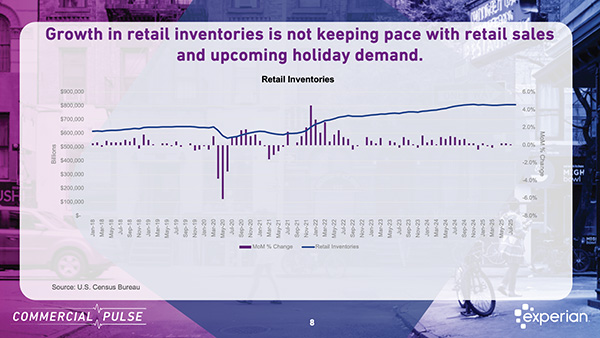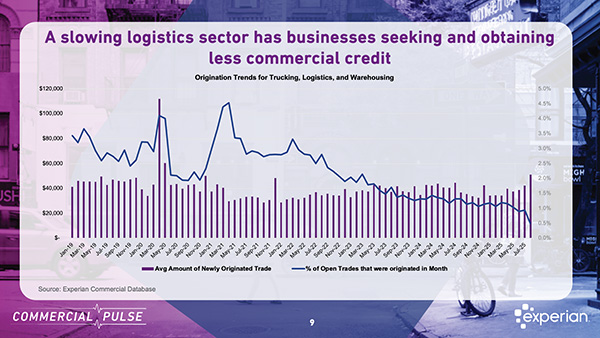Insights from the 10/1/24 Commercial Pulse Report

I’m excited to share the current Experian Commercial Pulse Report with you. I have the opportunity each week to analyze data on the millions of U.S. small businesses in Experian’s database and discover actionable insights that benefit our clients. Making these discoveries is rewarding work, and we utilize these insights to guide our recommendations. I thought I would share what I am watching through Experian’s bi-weekly Commercial Pulse Report (just bookmark the link; we will update it on a bi-weekly basis).
Watch our Commercial Pulse Update
Women entrepreneurs thrive
In this week’s report, we take a closer look at the burgeoning population of Women-owned businesses. Did you know women are making a living being self-employed at higher rates than men? In the current economic climate represent a larger proportion of newer businesses. This trend is evident as women own a higher percentage of businesses that are 3-5 years old and under 3 years old. In contrast, more established businesses are predominantly owned by men, indicating a shift over time as more women start their own ventures. One challenge for women-led businesses is accessing traditional lending products, as newer businesses appear riskier. Consequently, women are more likely to rely on credit cards with lower limits than their male counterparts.
What I’m watching:
- Women are self-employed at higher rates than men, making up a larger share of new businesses.
- The Federal Reserve’s recent half-point rate cut suggests they no longer see high rates as necessary to combat inflation.
- Despite a slight weakening, labor market remains strong, with more employment, lower participation, and more vacancies than pre-pandemic.



